
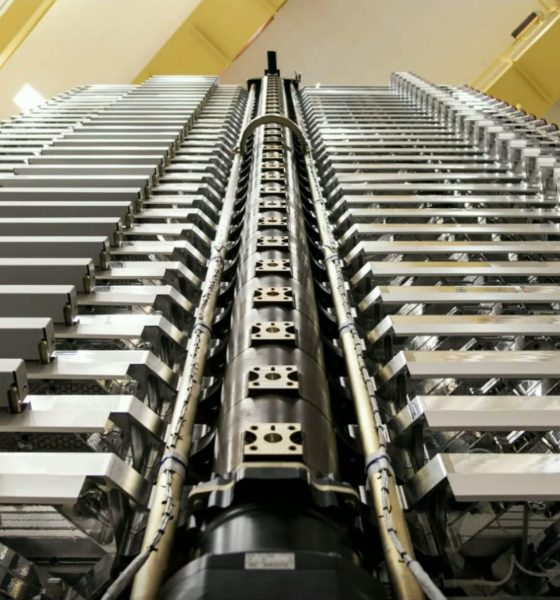
News
SpaceX "DARKSAT" results: can Starlink and astronomy happily coexist?
Astronomers have begun to gather and analyze detailed observations of a SpaceX Starlink satellite prototype officially labeled DARKSAT and the initial results hint that the satellite constellation should be able to happily coexist with ground-based astronomy in the future.
Since SpaceX began launching batches of 60 Starlink satellites in May 2019, the company has raised the ire of parts of the astronomy community and simultaneously awed and inspired many less technical observers with clusters of shooting star-like satellites that are easily visible after launches. While the mid-sized spacecraft do become much dimmer as they raise their orbits from ~300 km (185 mi) to 550 km (340 mi), they are far from invisible even at that operational altitude. It’s safe to say that the current impact on ground-based astronomy is still just shy of negligible even with 360 satellites in orbit, but that impact is assuredly greater than zero and the relatively bright spacecraft have already interrupted telescope observations at many sites around the world.
Given that the 360 satellites already in orbit are just a tiny fraction of the ~4400, ~12,000, or even ~40,000 that SpaceX could one day launch, it would be irresponsible to argue that the constellation’s impact – and the impact of others like it – will continue to be minor as the number of satellites grows. Thankfully, while it doesn’t appear that prospective low Earth orbit (LEO) constellation architects anticipated the potential astronomy impact, SpaceX’s Starlink team has rapidly responded and already launched a satellite featuring tweaks designed to dim its appearance from the ground. For several reasons, the initial results from “DARKSAT” are extremely promising – now visible below in some of the first photos offering a useful comparison.
Launched on January 7th, 2020, a set of 20 spacecraft including DARKSAT – representing a single “plane” of the broader Starlink constellation – all arrived at their operational ~550 km (340 mi) orbits by February 23rd. As previously discussed on Teslarati, initial results first published on March 18th revealed that the Starlink DARKSAT prototype – essentially an early alpha test for darkening techniques – was already 55% darker than unmodified spacecraft. While making satellites less reflective makes thermal management a much greater challenge, DARKSAT has managed to raise its orbit and begin operations without issue, although it’s unknown whether the satellite’s antennas and avionics are also functioning nominally.
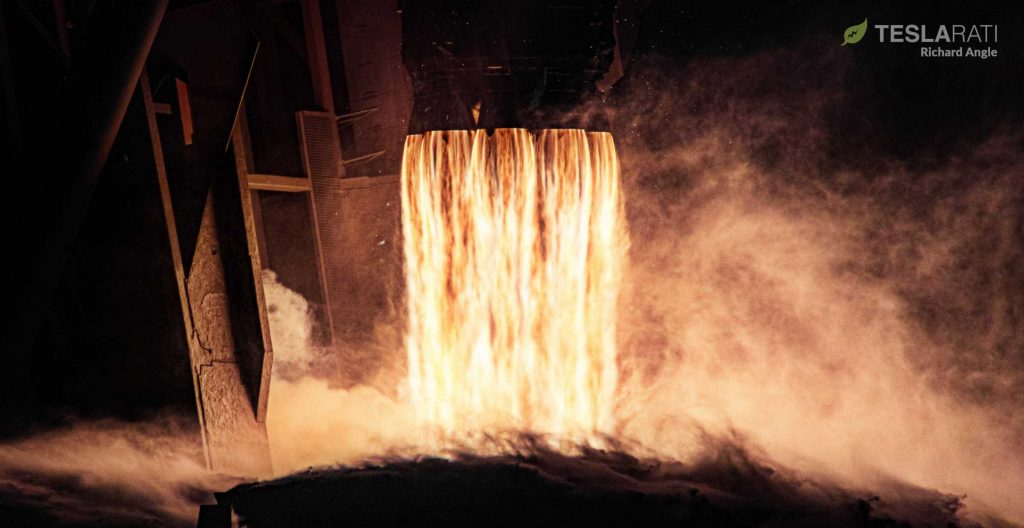
For darker spacecraft, perhaps the most important test will be long-term reliability, as constantly absorbing more heat than a reflective satellite is likely to put their structure, avionics, and radiators through significantly more thermal stress. As such, SpaceX may launch a limited number of additional darkened prototypes over the coming months but is much less likely to darken all satellites on any given launch until DARKSATs have successfully operated in orbit for months or even years.
On the ground, SpaceX may try to perform sped-up stress testing, but proving that darker satellites are a viable solution will almost invariably take time. Earlier this month, CEO Elon Musk revealed that SpaceX may attempt to design deployable solar shades for Starlink satellites if darkening their bodies is not enough to fully mitigate major impacts to astronomy. Knowing SpaceX, the first in-orbit solar shade test(s) could happen during any of several upcoming Starlink launches.
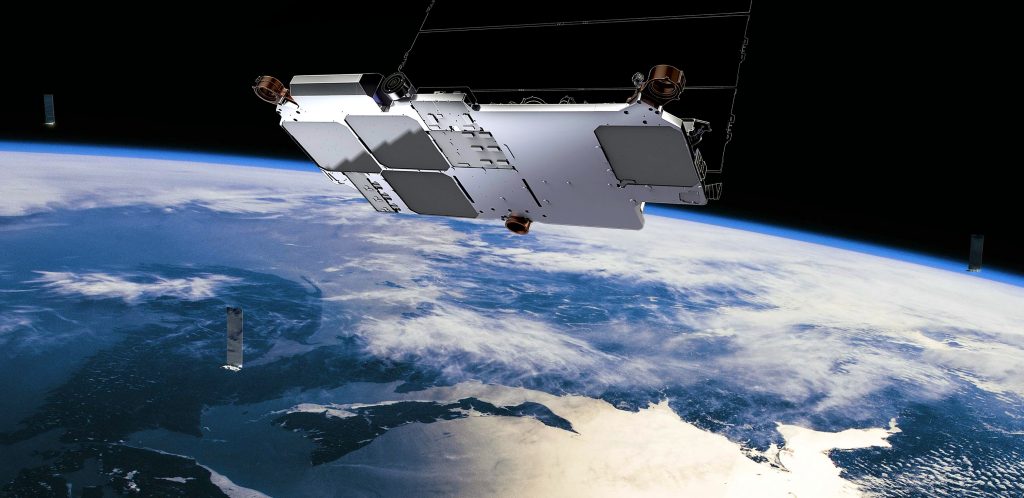
Adding reliable, deployable solar shades without appreciably raising Starlink’s production costs could be a major challenge, given the fundamental complexity of large, deployable mechanisms in space, but SpaceX – if anyone – is likely up to the challenge. More importantly, the fact that SpaceX’s very first attempt at reducing Starlink albedo (reflectivity) has produced a satellite 55% darker than its peers suggests that much more can probably be done along those lines, given additional time for extra experiments and deeper optimization.
As a result, it may be the case that SpaceX ends up launching 750-1000+ reflective Starlink satellites before an affordable, mass-producible DARKSAT variant is ready to take over. In that event, Starlink could plausibly have a small to moderate negative impact on ground-based astronomy for several years. However, comments made by SpaceX executives over the years suggest that no single Starlink satellite is likely to operate for more than five or so years before being replaced, meaning that the entire constellation would be continuously refreshed (as long as it’s generating revenue). Even if a thousand bright(er) Starlink satellites make life a bit harder for some astronomers, the fact remains that the consequences of any single Starlink satellite variant – assuming SpaceX remains serious about fully mitigating the constellation’s impact – are inherently temporary.
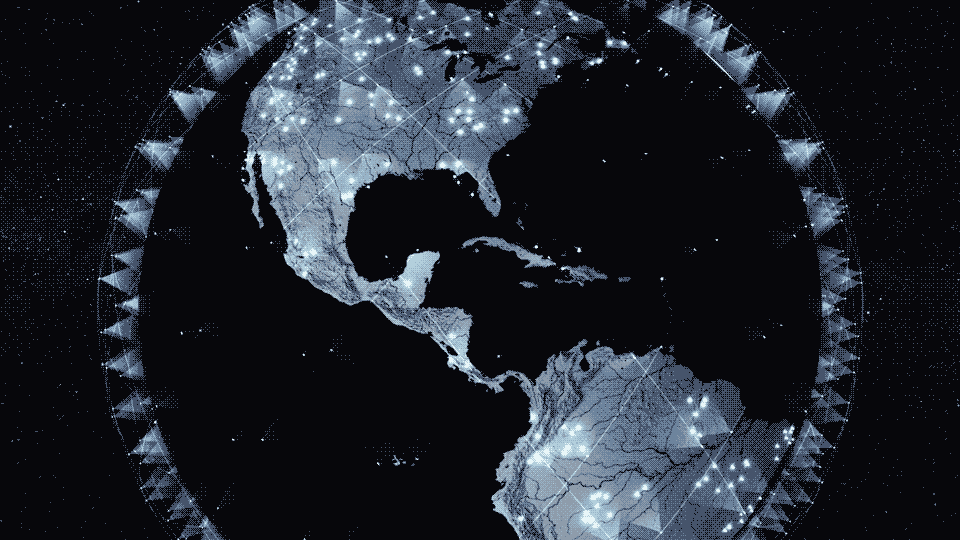
If SpaceX continues to make progress darkening satellites and developing cheap solar shades, it seems all but guaranteed that even a constellation of tens of thousands of Starlink satellites will be able happily coexist with the astronomy community, all the while delivering cheap, fast internet to millions of people – especially those lacking access – around the world.

News
Tesla dominates in the UK with Model Y and Model 3 leading the way

Tesla is dominating in the United Kingdom so far through 2025, and with about two weeks left in the year, the Model Y and Model 3 are leading the way.
The Model Y and Model 3 are the two best-selling electric vehicles in the United Kingdom, which is comprised of England, Scotland, Wales, and Northern Ireland, and it’s not particularly close.
According to data gathered by EU-EVs, the Model Y is sitting at 18,890 units for the year, while the Model 3 is slightly behind with 16,361 sales for the year so far.
The next best-selling EV is the Audi Q4 e-tron at 10,287 units, lagging significantly behind but ahead of other models like the BMW i4 and the Audi Q6 e-tron.
GOOD NEWS 🇬🇧 Tesla is absolutely crushing the UK electric vehicle market in 2025 💥
The numbers are in, and the dominance is clear. With an impressive amount of 42,270 vehicles delivered year-to-date, the brand now commands a solid 9.6% market share of the total auto market 🆒… pic.twitter.com/dkiGX9kzd0
— Ming (@tslaming) December 18, 2025
The Model Y has tasted significant success in the global market, but it has dominated in large markets like Europe and the United States.
For years, it’s been a car that has fit the bill of exactly what consumers need: a perfect combination of luxury, space, and sustainability.
Both vehicles are going to see decreases in sales compared to 2024; the Model Y was the best-selling car last year, but it sold 32,610 units in the UK. Meanwhile, the Model 3 had reached 17,272 units, which will keep it right on par with last year.
Tesla sold 50,090 units in the market last year, and it’s about 8,000 units shy of last year’s pace. It also had a stronger market share last year with 13.2 percent of the sales in the market. With two weeks left in 2025, Tesla has a 9.6 percent market share, leading Volkswagen with 8 percent.
The company likely felt some impact from CEO Elon Musk’s involvement with the Trump administration and, more specifically, his role with DOGE. However, it is worth mentioning that some months saw stronger consumer demand than others. For example, sales were up over 20 percent in February. A 14 percent increase followed this in June.
News
Tesla Insurance officially expands to new U.S. state
Tesla’s in-house Insurance program first launched back in late 2019, offering a new way to insure the vehicles that was potentially less expensive and could alleviate a lot of the issues people had with claims, as the company could assess and repair the damage itself.
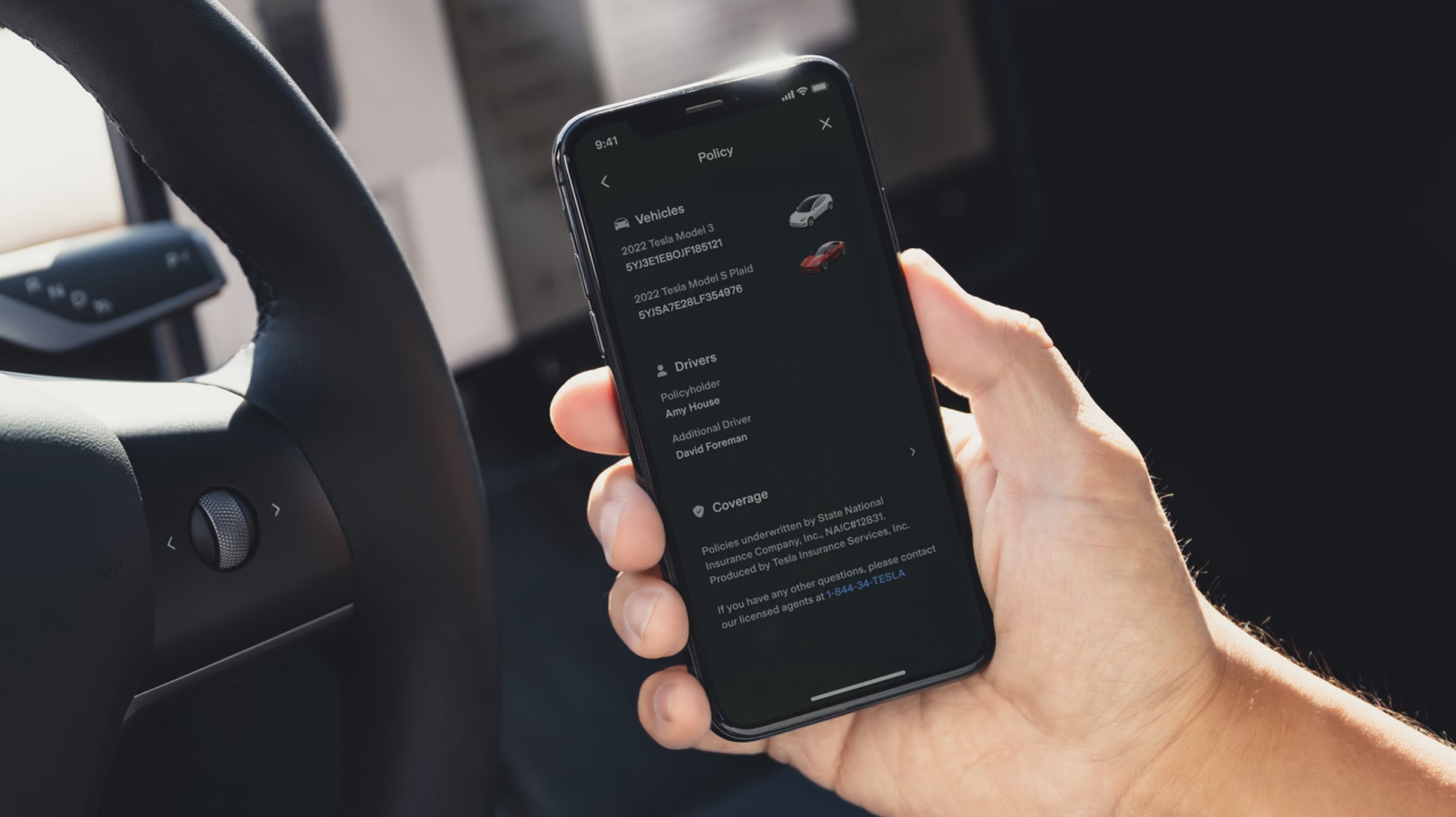
Tesla Insurance has officially expanded to a new U.S. state, its thirteenth since its launch in 2019.
Tesla has confirmed that its in-house Insurance program has officially made its way to Florida, just two months after the company filed to update its Private Passenger Auto program in the state. It had tried to offer its insurance program to drivers in the state back in 2022, but its launch did not happen.
Instead, Tesla refiled the paperwork back in mid-October, which essentially was the move toward initiating the offering this month.
BREAKING: Tesla Insurance has just officially launched in Florida.
This is the first new state to receive @Tesla Insurance in more than 3 years. In total, Tesla insurance is now available in 13 U.S. states (map in thread below of all the states).
Tesla Insurance in Florida uses… pic.twitter.com/bDwh1IV6gD
— Sawyer Merritt (@SawyerMerritt) December 17, 2025
Tesla’s in-house Insurance program first launched back in late 2019, offering a new way to insure the vehicles that was potentially less expensive and could alleviate a lot of the issues people had with claims, as the company could assess and repair the damage itself.
It has expanded to new states since 2019, but Florida presents a particularly interesting challenge for Tesla, as the company’s entry into the state is particularly noteworthy given its unique insurance landscape, characterized by high premiums due to frequent natural disasters, dense traffic, and a no-fault system.
Annual average premiums for Florida drivers hover around $4,000 per year, well above the national average. Tesla’s insurance program could disrupt this, especially for EV enthusiasts. The state’s growing EV adoption, fueled by incentives and infrastructure development, aligns perfectly with Tesla’s ecosystem.
Moreover, there are more ways to have cars repaired, and features like comprehensive coverage for battery damage and roadside assistance tailored to EVs address those common painpoints that owners have.
However, there are some challenges that still remain. Florida’s susceptibility to hurricanes raises questions about how Tesla will handle claims during disasters.
Looking ahead, Tesla’s expansion of its insurance program signals the company’s ambition to continue vertically integrating its services, including coverage of its vehicles. Reducing dependency on third-party insurers only makes things simpler for the company’s automotive division, as well as for its customers.
News
Tesla Full Self-Driving gets sparkling review from South Korean politician
“Having already ridden in an unmanned robotaxi, the novelty wasn’t as strong for me, but it drives just as well as most people do. It already feels like a completed technology, which gives me a lot to think about.”
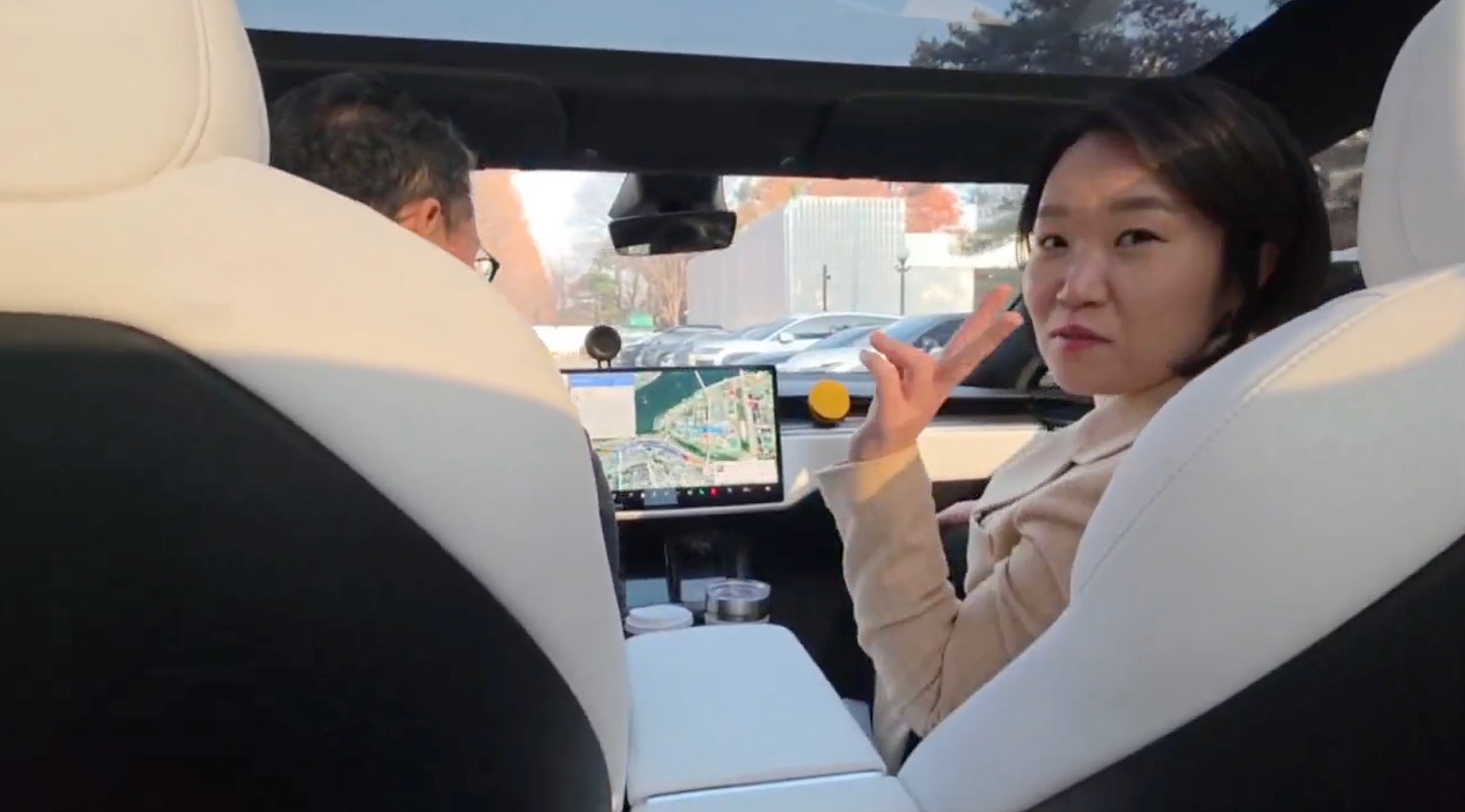
Tesla Full Self-Driving got its first sparkling review from South Korean politician Lee So-young, a member of the country’s National Assembly, earlier this week.
Lee is a member of the Strategy and Finance Committee in South Korea and is a proponent of sustainable technologies and their applications in both residential and commercial settings. For the first time, Lee was able to utilize Tesla’s Full Self-Driving technology as it launched in the country in late November.
Her thoughts on the suite were complimentary to the suite, stating that “it drives just as well as most people do,” and that “it already feels like a completed technology.”
드디어 오늘, 서울에서 테슬라 FSD 체험 했습니다.
JiDal Papa님의 모델S 협찬에 힘입어^^ 파파님 정말 감사합니다.
국회 -> 망원시장 -> 홍익대 -> 국회 복귀 코스였고요.
이미 무인 로보택시를 타봐서 그런지 신기함은
덜했지만, 웬만한 사람만큼 운전을 잘하네요.이미 완성된 기술이라고… pic.twitter.com/8pAidHBpRG
— 이소영 국회의원 (Soyoung Lee) (@im_soyounglee) December 17, 2025
Her translated post says:
“Finally, today I got to experience Tesla FSD in Seoul. Thanks to the Model S sponsored by JiDal Papa^^, I’m truly grateful to Papa. The route was from the National Assembly -> Mangwon Market -> Hongik University -> back to the National Assembly. Having already ridden in an unmanned robotaxi, the novelty wasn’t as strong for me, but it drives just as well as most people do. It already feels like a completed technology, which gives me a lot to think about. Once it actually spreads into widespread use, I feel like our daily lives are going to change a lot. Even I, with my license gathering dust in a drawer, don’t see much reason to learn to drive a manual anymore.”
Tesla Full Self-Driving officially landed in South Korea in late November, with the initial launch being one of Tesla’s most recent, v14.1.4.
It marked the seventh country in which Tesla was able to enable the driver assistance suite, following the United States, Puerto Rico, Canada, China, Mexico, Australia, and New Zealand.
It is important to see politicians and figures in power try new technologies, especially ones that are widely popular in other regions of the world and could potentially revolutionize how people travel globally.








